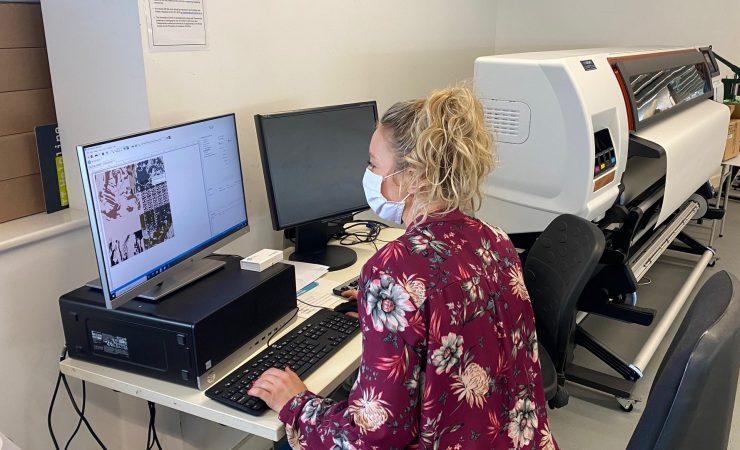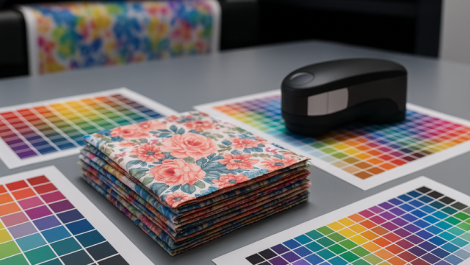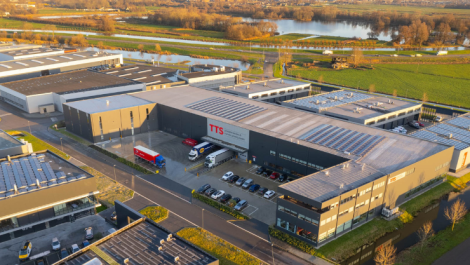Northumbria University has praised its HP Stitch S300, installed in 2020, for helping its fashion students continue to develop during the pandemic. The printer, which was first put into use just as the first was eased in England, has gone on to play a key role in helping students to keep working even as access to facilities has remained limited.
The machine, which was installed by RA Smart at the University’s Faculty of Art, Design and Social Science, was initially installed to increase the textile offering to non-specialist students. However since arriving it has played a much wider role, being used by Masters students for work in sportswear as well as sustainable and ethical fashion.
Kenny Macrae, technical manager for fashion and textiles at the Faculty of Art, Design and Social Science, said the remote management capability of the printer has been critical in allowing students to continue to engage over the last year. ‘Thanks to HP PrintOS our students were able to electronically send us work to be printed out and transferred onto fabric,’ Mr Macrae explained. ‘We would send the finished article back to them and – in conjunction with half scale mannequins we provided the students with to allow them to engage with the blended learning over lockdown – undergraduates were able to develop their garment shapes, silhouettes and print designs from the safety of their own homes.
‘The printer is seen as something that will become integral not only to fashion students but as a resource for the whole of the design school,” Kenny Macrae said. ‘The speed, efficiency and simplicity of the printing process means that eventually anyone from the school should be able to utilise it. It allows students to be experimental and develop their samples and ideas with a minimum of waste and allows us to move from small samples to full sized garment prints easily.
‘From interior design students wanting samples for soft furnishings, to fashion students looking to push the boundaries of print through fabrication, it will allow everyone to prove concepts and realise their ideas,’ Mr Macrae concluded. ‘It’s not a machine that has been brought in to replace traditional skills and practise that sits at the core of what we do, but instead a modern printer that will help enhance our output and allow our staff and students to push the boundaries of print design and research within their chosen discipline.’



